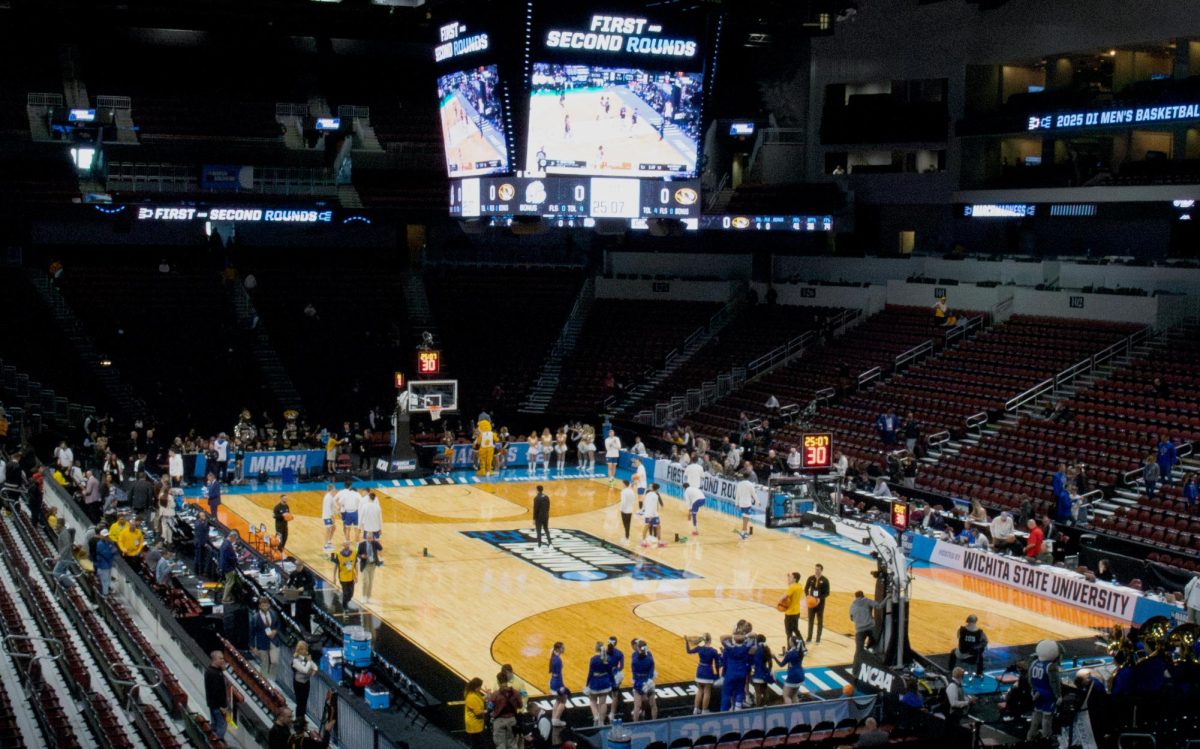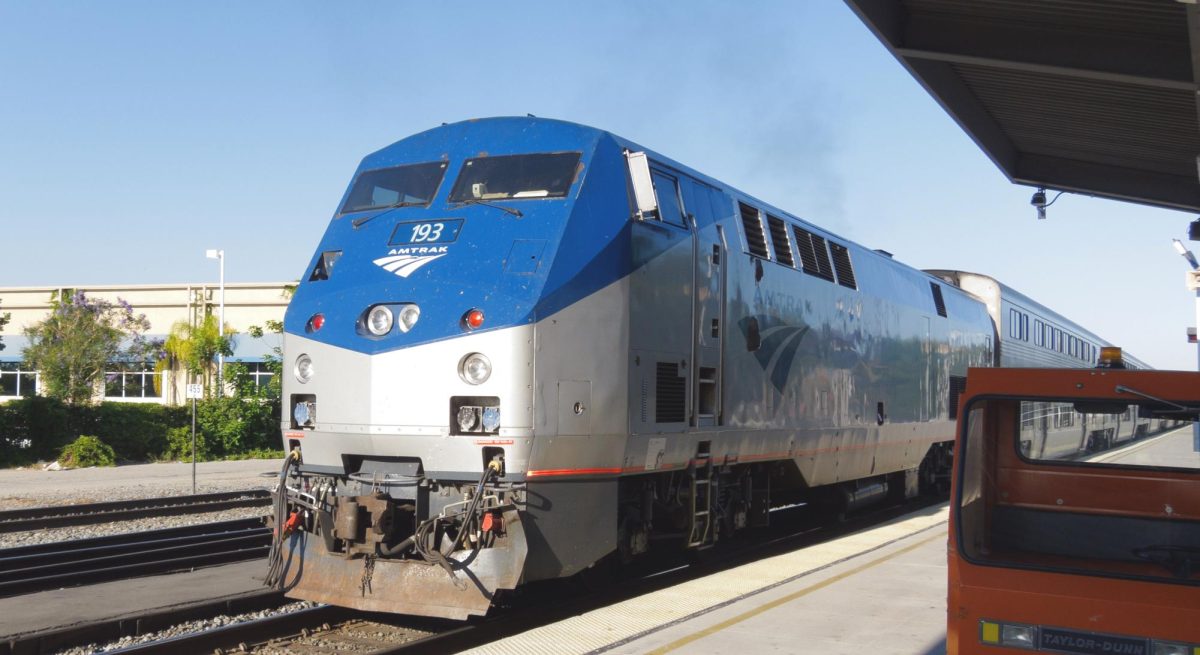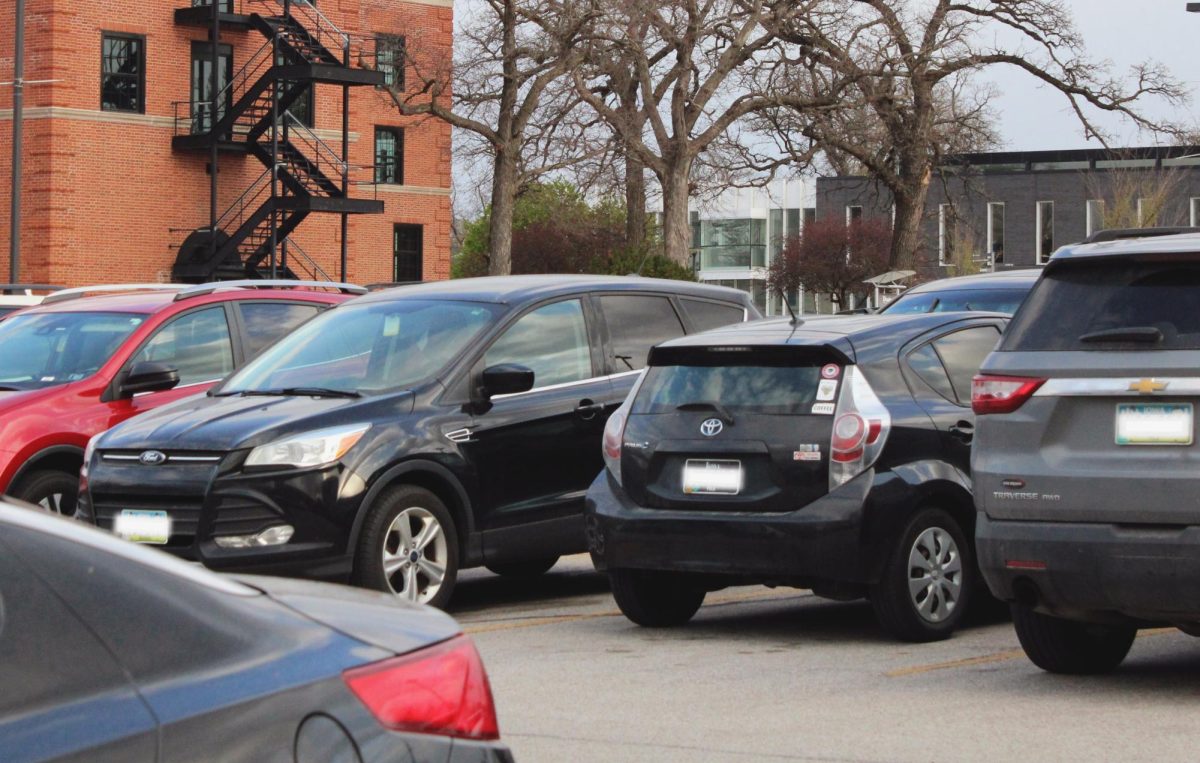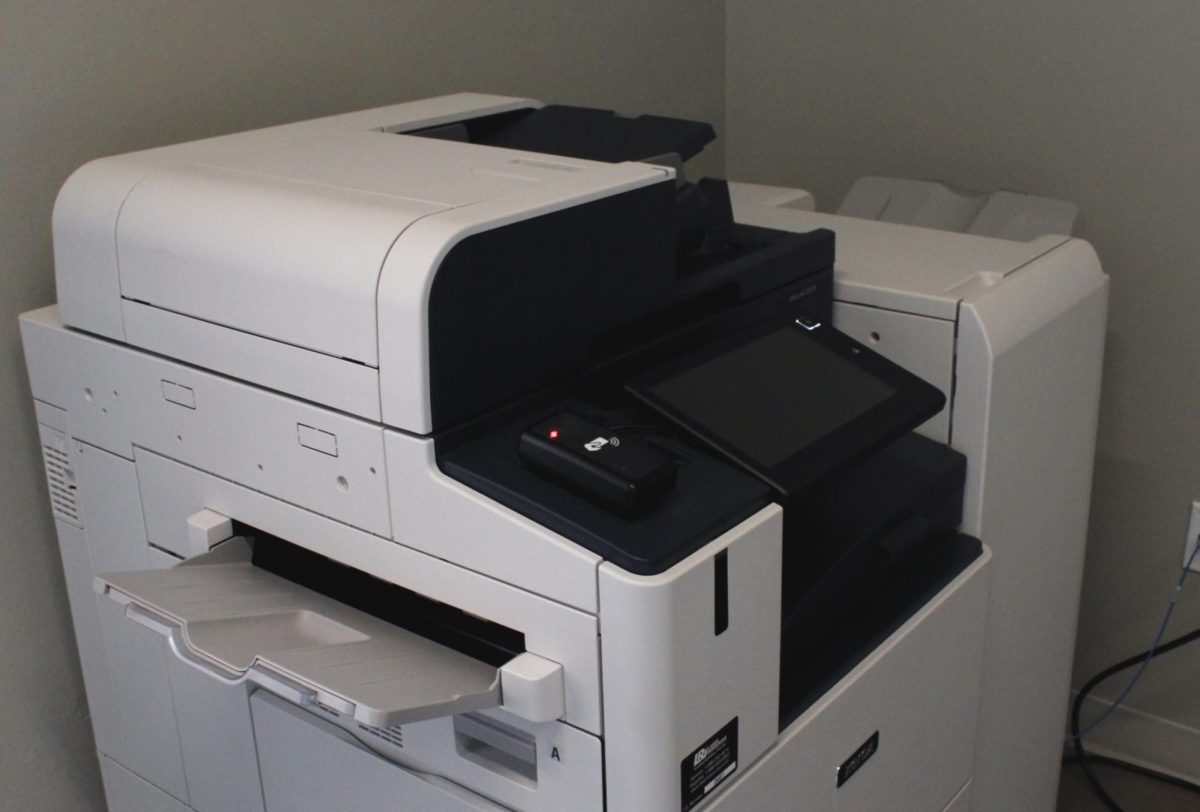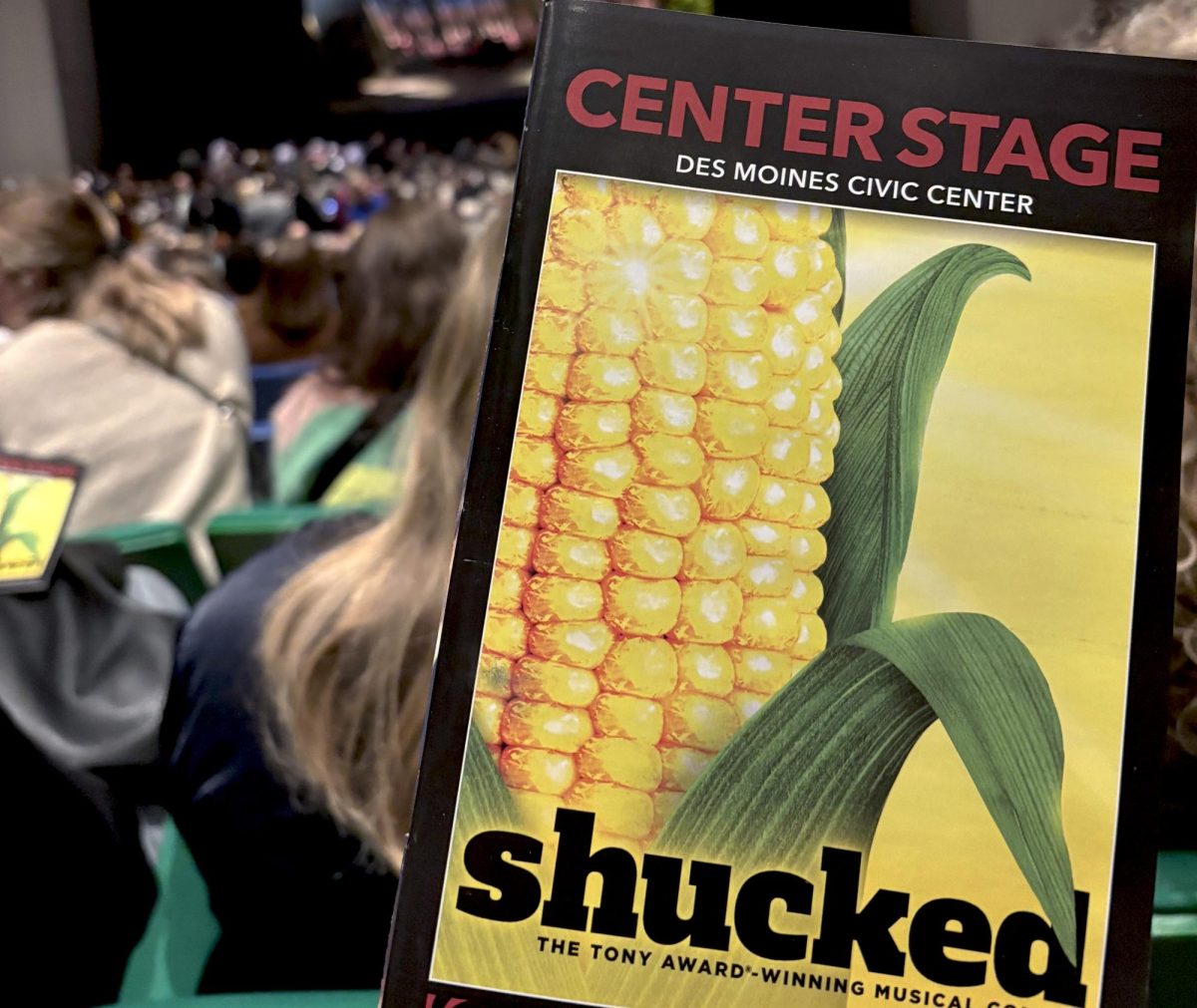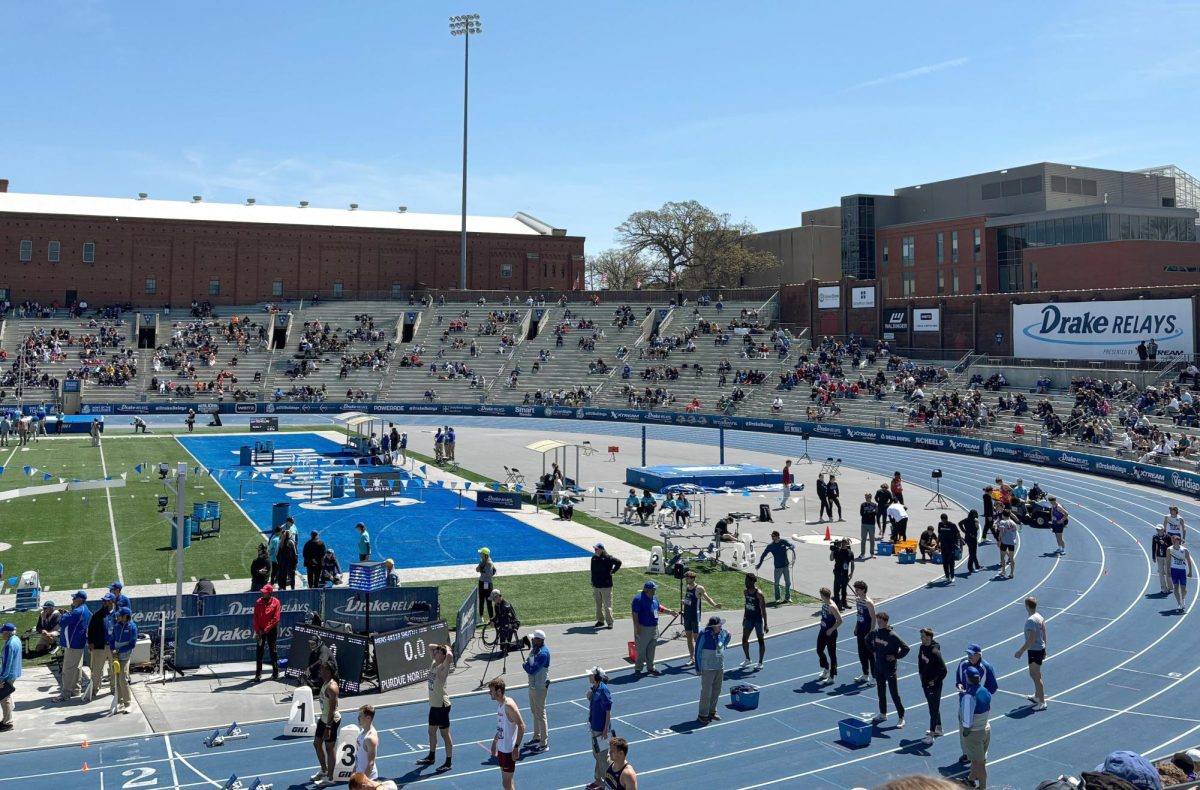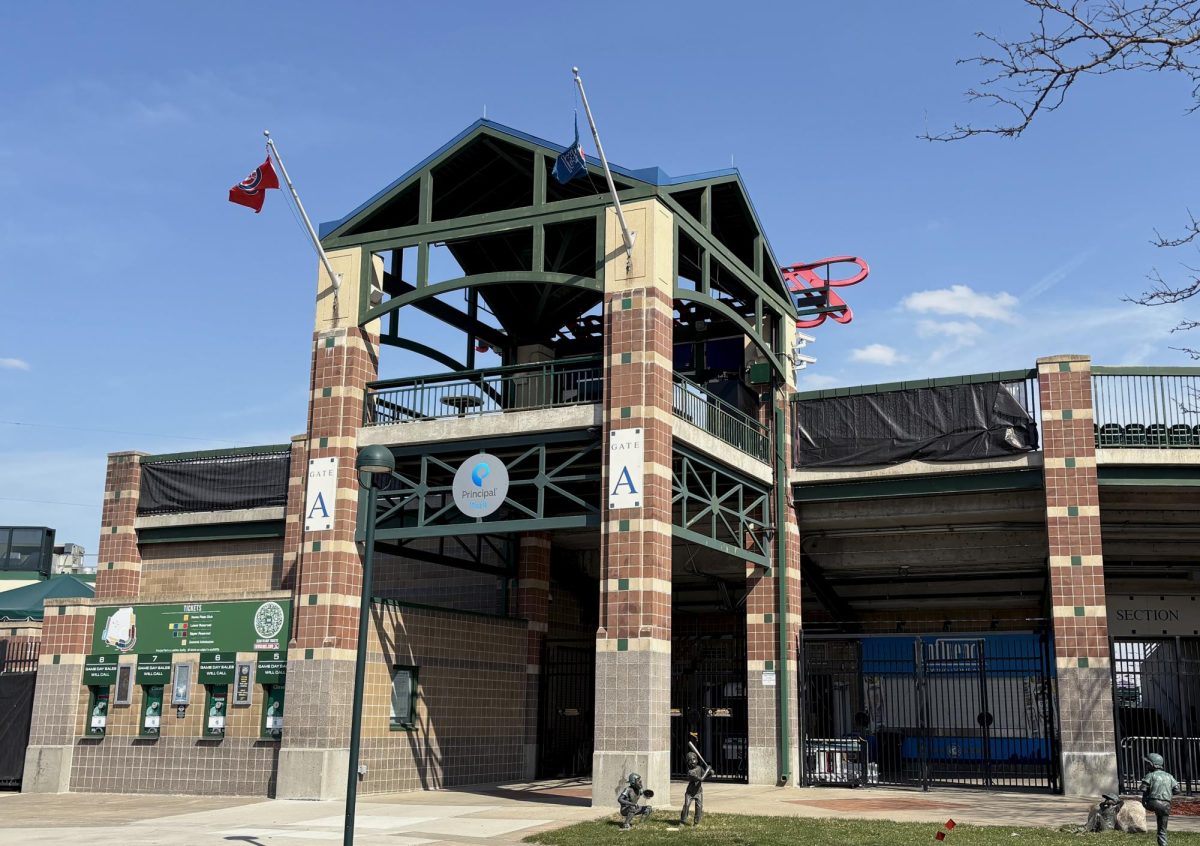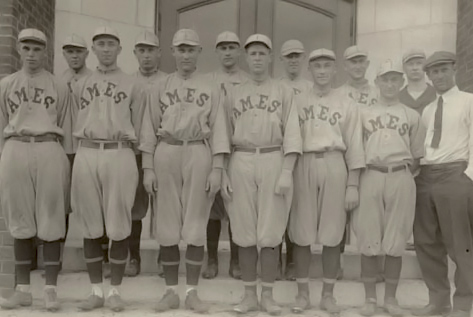Sports Analysis
Another long and exciting college basketball season is coming to a close, and many fans are wondering where the time went. It feels like just last month that the season was starting up again, and many had high (or very low) expectations for their favorite teams. From the bottom-dwelling Mississippi Valley State Delta Devils to the championship favorite Duke Blue Devils, this season saw ups and downs that were largely unprecedented due to the constant, unfettered evolution of the transfer portal and Name, Image and Likeness deals.
Although this year’s edition of the NCAA Tournament started officially on March 18, basketball fans across the country started to feel the excitement in early March when the conference tournaments began. At the end of each conference’s regular season, a select number of teams participate in a postseason tournament to determine who receives an automatic bid to the NCAA Tournament, which is affectionately known as March Madness. When the first round of the Atlantic Sun Conference tournament tipped off on March 2, fans were tuning in for the official start of this year’s rendition of postseason basketball.
Once all 31 Division I conferences had determined their conference tournament winners via single-elimination game brackets, the NCAA Selection Committee determined the other 37 teams that would receive “at-large” bids, meaning they did not win their conference but would participate in the NCAA Tournament anyway. This is typically reserved for teams of higher prestige and who play in historically more accomplished conferences. In total, 68 teams of the 355 eligible Division I programs participated in the “Big Dance” this season.
Before the Selection Committee meeting, which takes place on “Selection Sunday”, which was March 16 this year, all conference championships and automatic qualifiers need to be determined. Many teams made their first NCAA Tournament appearances this season, including Ohio Valley Conference champion Southern Illinois University Edwardsville, Big South Conference winner High Point University, the Summit League’s University of Omaha Mavericks and the University of California San Diego Tritons, who won the Big West Conference championship in their first year of Division I eligibility.
In addition, several teams clinched bids for just the second time in program history, including Atlantic Sun champion Lipscomb, American East Conference champion Bryant University and Northeast Conference champion Saint Francis, who made their first appearance since 1991. In an interesting turn of events, Saint Francis announced that they would be moving their athletics to Division III after this season. Many suspected this move was due to the rising need for NIL funding, which smaller schools cannot necessarily provide. However, that doesn’t take away from the incredible achievement for Saint Francis to win their conference and clinch an automatic qualifier — all with an overall losing record.
Once the Big Ten Conference tournament ended on the afternoon of March 16, the Selection Committee met to decide which teams would receive at-large qualifiers. Many of the schools chosen here are storied programs that have made the NCAA Tournament many times, such as the University of Kentucky, which received its 63rd all-time bid. The at-large team with the least number of appearances was the University of Mississippi, also known as Ole Miss, which appeared for the tenth time.
The bottom eight ranked teams to make the Tournament play in the “First Four” round, which precedes the official First Round. It consists of two games contested between the four lowest-ranked conference champions and two games between the four lowest-seeded at-large teams in the field, which determine the last four teams to qualify for the 64-team bracket that plays the First Round.
After the selection show was finished and all 68 teams had been informed of who and where they would be playing, there was no basketball on the following Monday, much to the dismay of basketball fans. This day, however, is important for players who are travelling across the country to their respective games. Tuesday featured two games from the First Four, which were widely regarded as an exciting start to the Tournament. Wednesday saw the remaining two games from the opening round, and the Bracket was officially locked in on Thursday morning, when No. 8 seed Louisville and No. 9 seed Creighton tipped off in Lexington. The Final Four games and subsequent National Championship game took place in San Antonio this season.
In recent years, the annual March Madness tournaments have been some of the most upset-prone tournaments in NCAA history. According to the NCAA, an “upset” is defined as victory by a team seeded five or more lines below its defeated opponent. It was widely believed that this tendency would continue into 2025. However, this trend reversed entirely. No top-four seed lost in the First Round, and the lowest-ranked team to advance to the “Sweet 16” round was No. 10 seed Arkansas. Additionally, all four No. 1 seeds made it to the Final Four, an occurrence only matched by the 2008 edition of the Tournament, which coincidentally also took place in San Antonio.
The Final Four consisted of the Florida Gators, Houston Cougars, Auburn Tigers, and Duke Blue Devils. The Semifinals games took place on April 5, and were full of big plays and ferocious comebacks. Florida and Auburn faced each other, with the game tipping off at 5 pm. Although the Tigers led for most of the game, the Gators opened the second half with a 13-3 scoring run, and ultimately triumphed by a score of 79-73 to advance to their first National Championship game appearance since 2007, when the program won its second consecutive title. They were led by senior All-American guard Walter Clayton Jr, who scored 34 points, and Australian big man Alex Condon, who had four rebounds and a blocked shot.
In the other matchup, which tipped off at 8:30, Duke seemed to take a commanding hold of the game, maintaining a 14-point lead with just over eight minutes remaining in the second half. However, the Cougars mounted a ferocious comeback, led by sophomore forward Joseph Tugler’s four blocks. Houston’s defense held Duke to a total of one field goal over the last ten and a half minutes, and the Cougars prevailed by a score of 70-67, earning their first trip to the final since 1984. Senior All-American guard L.J. Cryer contributed on the offensive end, scoring 26 points and adding a few clutch free throws down the stretch.
After all the excitement the tournament had to offer, it had finally come down to two remaining teams. When Florida and Houston went to battle on the night of April 7, many expected a defensive showstopping performance. Although Houston’s attack was intensive throughout the game, Florida never let it get out of hand. They trailed by as many as twelve in the second half, but once again, Walter Clayton Jr. scored important points and locked in defensively when it mattered most. With Florida leading by two points on the final possession of the game, Houston’s Emanuel Sharp went up for a game-winning three-pointer in the closing seconds. However, Clayton ran at Sharp, the Houston guard dropped the ball and, unable to pick it up as he would get called for traveling, watched Florida’s Condon dive onto the basketball and secure the third National Championship trophy for the Gators.

